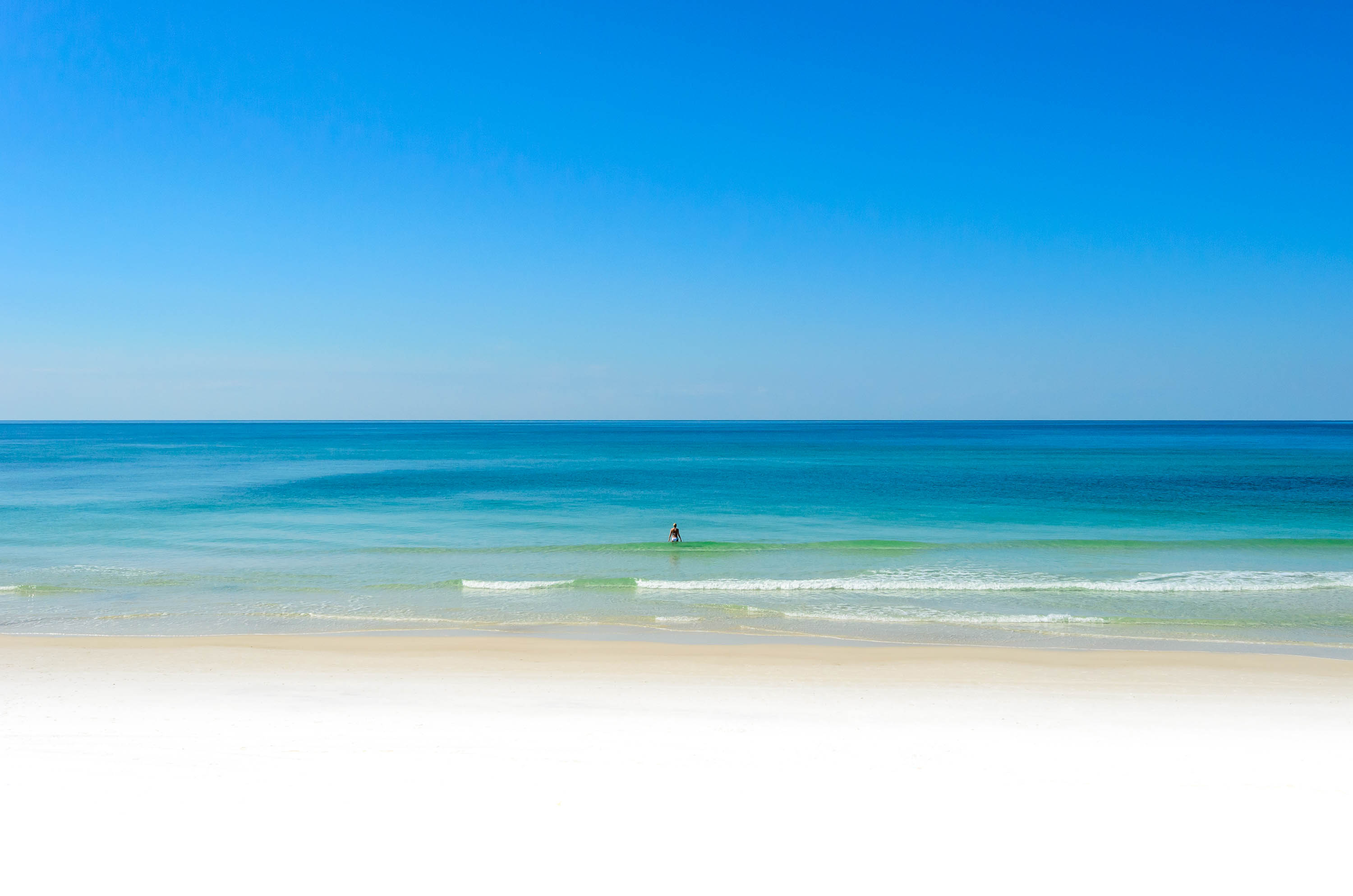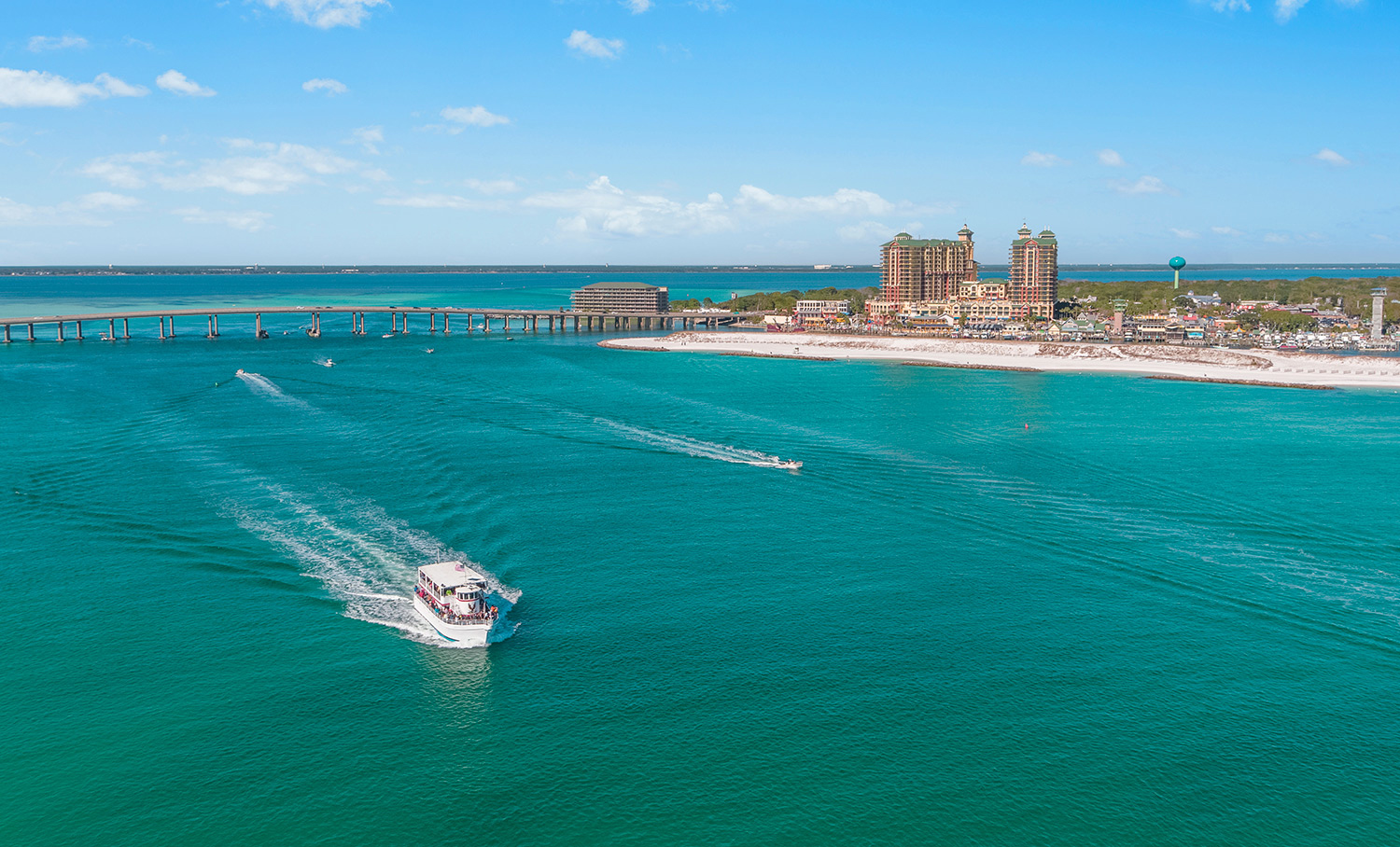

Thank you.
 We wonder about the pilings every time we cross the bridge (about a kajillion times).
We wonder about the pilings every time we cross the bridge (about a kajillion times).They were once the old bridge. Now, it’s what’s left after a few hurricanesAs you cross the bridges heading south on 331, if you look to your left there are a bunch of posts out in the bay. What are they?
One person told me they are an oyster farm, another told me that traders used to tie up out there.
What are they?
Wrong - see post 49They were once the old bridge. Now, it’s what’s left after a few hurricanes

 sowal.com
sowal.com
Yes, that is the story I heard many moons ago. A secondary story was that they were installed to give oysters a structure to grow on. They may be doing that still. but I really don't nuthin' 'bout birthing no oysters.Wrong - see post 49

What are those posts / pilings in the bay east of the 331 bridge?
Check it out BlueMtnRunner I'm attaching a link to an environmental study. Apparently there are UXO (unexploded ordinance) in the area you mentioned in Choctawhatchee Bay. In the attached study on page 7 that area with the poles in the Bay is called area D55. Several military references say...sowal.com
But finally my friend Timothy Mahar, historian, and map enthusiast, nailed the solution to the mystery. Somehow he found the clue, did research and has the official verification of why the pilings were initially placed in such an orderly array. He was so thorough that he came across the actual data that gave the positive proof of when the pilings were placed in the back of the bay.
It must be remembered that when the pilings were sunk in a parallel formation the back bay was all but uninhabited except for a few cottages.
Tim, plus his contact have graciously given permission for the official release, seen below.
______
2.2 HISTORY OF THE FORMULATION OF THE ALTERNATIVES
Test area D-55 is an air-to-ground radar resolution test facility installed in May 1959 and is currently inactive. It is located in Choctawhatchee Bay and originally consisted of 25 arrays of 2,040 omnidirectional radar corner reflectors., each mounted on a creosote ?treated wood piling extending above water (Figure 1-2). Most of the reflectors are reported to be missing with wood pilings remaining onsite . (Eglin AFB, 1993).
______
So there it is, May 1959 is the date.
Yes, that is the story I heard many moons ago. A secondary story was that they were installed to give oysters a structure to grow on. They may be doing that still. but I really don't nuthin' 'bout birthing no oysters.
I heard the Choctawhatchee Bay used to be full of oysters before the East Pass was opened in Destin in 1926 and made the bay more salty, killing off most of the oysters. I always wondered if we had oyster like Apalachicola Bay before 1926 ...Yes, that is the story I heard many moons ago. A secondary story was that they were installed to give oysters a structure to grow on. They may be doing that still. but I really don't nuthin' 'bout birthing no oysters.

To Anyone and Everyone who is interested in the history of this area, especially Destin (not so much Sowal), you can go to Color Earth Productions on the internet and get a DVD called "Sand in my Soul". It is simply great, and one of the truly great highlights is about the digging out of the East Pass. History comes to life in this film.I heard the Choctawhatchee Bay used to be full of oysters before the East Pass was opened in Destin in 1926 and made the bay more salty, killing off most of the oysters. I always wondered if we had oyster like Apalachicola Bay before 1926 ...

All About East Pass in Destin | Ocean Reef Resorts
In this blog you can learn everything you need to know about Destin's East Pass! Click to read all about it.www.oceanreefresorts.com
Destin's East Pass always meandered out into the Gulf at the far eastern edge of Holiday Isle. Fishermen entered this inlet directly from the Gulf then sailed westward to the present-day marina where it connected to the vast expanse of the bay. Holiday Isle by the 1920s was partially forested and had pastures where cows grazed. On September 11, 1926, a significant hurricane formed in the Atlantic. A week later it hit southern Florida and became infamously known as The Great Miami Hurricane. Afterward, it entered the Gulf and started to parallel the coast, starting at Destin and headed to Pensacola. Besides turning Holiday Isle into an elevated deforested sand dune, it completely closed off Destin from the Gulf. Since the entire town relied upon fishing for economic survival something had to be done ASAP! The whole community gathered and decided to create a new opening that went straight out into the Gulf from the bay. They dug a trench with shovels, and within no time, the tidal action created a wide, deep opening allowing them direct north to south access to the Gulf!